Special effects have been a part of filmmaking since the 1902 classic short A Trip to the Moon. It helps people to escape reality and better enter worlds they may never see with the naked eye. Special effects as an art form has grown from the practical to the computer generated over time, with many of today's films relying on digital VFX and CGI to boost a level of realism that is difficult to be done practically.
Ironically, doing so can actually take audiences out of the moment. Contemporary cinema seems to be all about who can create the biggest franchise world with the most vibrant visuals, energetic editing, and the largest set pieces. While this may be visually appealing, there are some genres that rely on special effects to do more than inspire awe and amazement, or blow stuff up. In the case of horror films, they have a specific job – to terrify, disturb, and disgust the viewer.
Updated January 26th, 2022: If you are here for horror films with the best special effects, you'll be happy to know that we've updated this article with new entries.
Visual and special effects artists work tirelessly to create something that did not exist prior to a film’s inception. They do not get enough credit for the painstaking work of practical effects and the digital efforts of character and set design. Whether real or computer generated, it takes a team of people to bring the unnatural to life. Horror has the challenge and the freedom to create something that audiences know is not real, while at the same time attempting to scare them or memorably gross them out. There are a few films that have managed to achieve this in an effective but disgusting way, and these are some of the best.
The Exorcist (1973)
The entire duration of The Exorcist is loaded with influential practical effects, and green vomit and rotating heads are just the tip of the iceberg. This film is immensely popular for many reasons but has remained a horror staple because of its last act. The moment the exorcism is performed, audiences are shown some of the best special effects sequences ever put onto film.
Just Linda Blair’s infamous make-up alone is enough to chill viewers to their cores. Regan floating off the mattress and spread in the air is perhaps the iconic shot, but is so simple – it’s just wires. The beauty is in its simplicity, without any ridiculously expensive digital effects, and simplicity s sometimes the best way to induce a scare.
Pan's Labyrinth (2006)
Guillermo del Toro’s dark masterpiece Pan's Labyrinth employs makeup, animatronics, and CGI effects to bring strange and magical creatures to life. Elegant fairies, creepy baby-like plants, the giant toad, the strange Faun, and especially The Pale Man actually seem believable and terrifying. One of the most famous scenes in the film is when the main character, ten-year-old Ofelia (Ivana Baquero), meets The Pale Man, a child-eating monster with eyes on his hands. He will haunt your nightmares.
The Fly (1986)
To convey the horror of transformation from a human to a giant fly-hybrid creature in The Fly, master of body horror David Cronenberg hired special effects artists Chris Walas and Stephan Dupuis. They terrifyingly well showed eccentric scientist Seth Brundle’s descent into madness, spending months designing seven stages of his metamorphosis into an almost unrecognizable monster (Brundlefly). For their efforts, Walas and Dupuis picked up an Academy Award for Best Makeup. The Fly still impresses.
An American Werewolf in London (1981)
Even though An American Werewolf in London was made more than 40 years ago, no other werewolf transformation sequence can compete with this classic. Director John Landis and legendary special makeup effects creator Rick Baker decided that the birth from man to beast should not be the quick and calm scene typically seen in werewolf movies.
Their beastly makeover looks epic, uncomfortable, shocking, and realistic. For An American Werewolf in London, Baker won the first Oscar for Best Makeup ever awarded. Since then, he’s scored six more Oscars.
Alien (1979)
It's impossible to talk about Ridley Scott’s masterpiece Alien without that iconic chest-burster. To start, the look of sheer horror from the cast is completely genuine – they were not fully prepped for the explosion that they were about to witness. That explosion is quite literal, as the Xenomorph bursts through John Hurt’s chest in a fashion as disgusting as one could imagine.
It’s the catalyst for the rest of the story, and shows how unpredictable every moment after a good special effects scene can be. It’s bloody, it’s shocking, and it can hear you scream when no one else can.
The Thing (1982)
An 80s extravaganza at it’s finest, The Thing had some of the most iconic and inventive practical effects in horror history. The 'heart attack' sequence on its own has it all – fire, slime, blood, gross puppets, and John Carpenter's signature tension. The scene starts and ends without a single beat of music, and the fact that it's purely visual is what makes it so effective.
The special effects are the focal point; not many words are even spoken throughout this scene, aside from the effective "clear!" shouted before the defibrillator obliterates the masquerading alien's stomach which then engulfs a man's arm before all hell breaks loose. Kurt Russell, a flamethrower, and John Carpenter's use of Rob Bottin's amazingly gross special effects make this a legendary film.
Hellraiser (1987)
Clive Barker created a very gross film that nobody was really prepared for at the time. From the moment the audience meets the resurrected Frank in all his bloody glory, they are assured that this will not be a conventional horror flick. As 80s films go, Hellraiser takes itself and its practical effects quite seriously.
The sequence that begs the most discussion is the first meeting of Pinhead and his merry band of terrifying friends, the cenobites. Each creature is designed uniquely, with their own unexplainable anatomies and painful looking accessories. The character design is unlike anything seen on film before, and dwells on pain and suffering in an utterly gross and disturbing way. Meeting the group of demons for the first time creates enough fear to make anyone weep.
The Ring (1998)
People have all seen static on their televisions, and they’ve all heard the phone ring, but the terrifying little girl from The Ring franchise imbues these otherwise banal moments with a sense of true terror. The moment in which Samara is in her fullest glory is one of the standout horror sequences of the last few decades.
The scene is gut-wrenchingly scary because Samara is a ghost of two worlds; she inhabits the world of cinema, but the audience is transported to that world throughout the film, and the lines are blurred, mediated by her demonic presence. Static which glitches in her “out of television” form, along with her unique crawl and gross, muddied appearance, makes her movements unpredictable. The act of Samara protruding through the actual television is both shocking and unforgettable, utilizing great effects to create a landmark moment in horror.
Prometheus (2012)
Ridley Scott’s prequel to Alien packs an enormous punch. Especially harrowing and disgusting in Prometheus is the five minute, utterly brutal sequence wherein Elizabeth Shaw (Noomi Rapace) is forced to perform emergency surgery on herself in order to remove her unborn child. When it’s revealed that this child is not at all human, the audience already in the trenches with her, but when she is tasked with undertaking a Caesarean on her own and having to deal with the alien which emerges, the viewer is both aghast and disgusted.
Though it may not be the most realistic plot device, it's a rather brilliant reversal of the original film, with the strong woman now taking agency and removing the alien herself before another chest-bursting sequence can occur. The scene is raw and disturbing, leaving viewers in a slow-moving, claustrophobic environment waiting in white-knuckled anticipation for Shaw to be relieved of this pain. With a mixture of CGI and all too real effects, it is a stand-out moment from a unique film.
Hereditary (2018)
Ari Aster proved how important the last ten minutes of a film can be in Hereditary. In this case, he packs more terror in one sequence than most features do in ninety minutes. When grieving mother Annie (Toni Collette) falls under the will of demonic entity, she turns from a tragic protagonist to the film's biggest nightmare. Seamlessly attached to the ceiling hovering over her naive son (Alex Wolff), the viewer believes every second of this horrific encounter thanks to incredible effects with help from Steve Newburn.
Seeing Annie float through the room and later slamming her head against the ceiling at a frantic pace before the flame-engulfed finale is some of the most disturbing visual effects work in recent years. There are hidden practical effects around every darkened corner of this sequence, which means is worth watching again and again, even if through fingers.

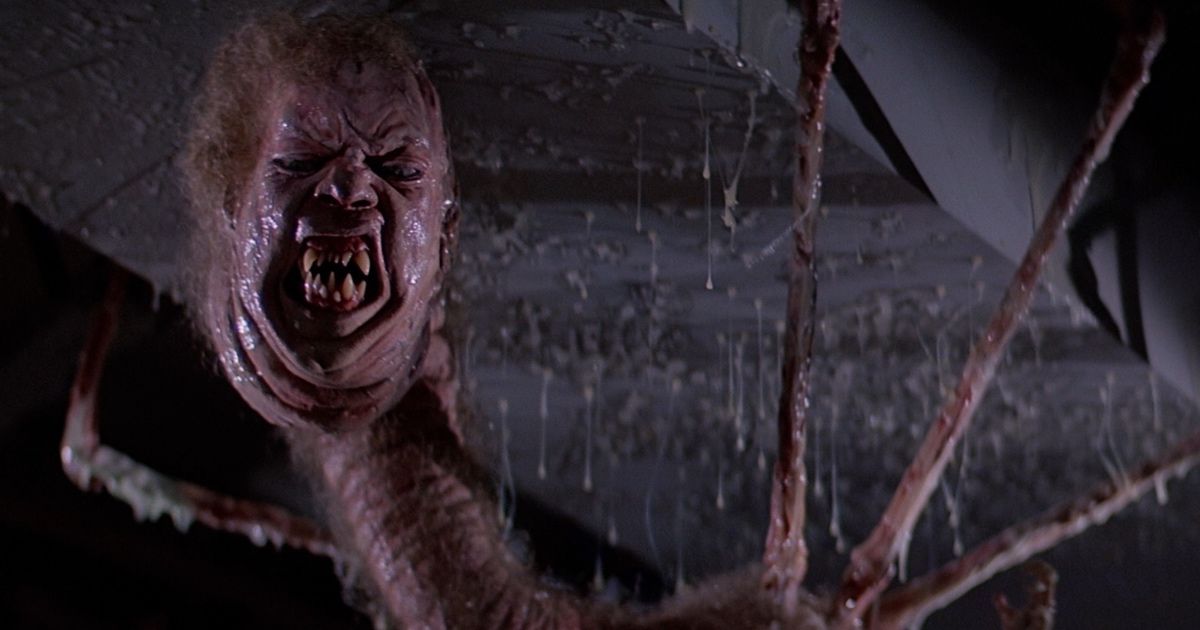
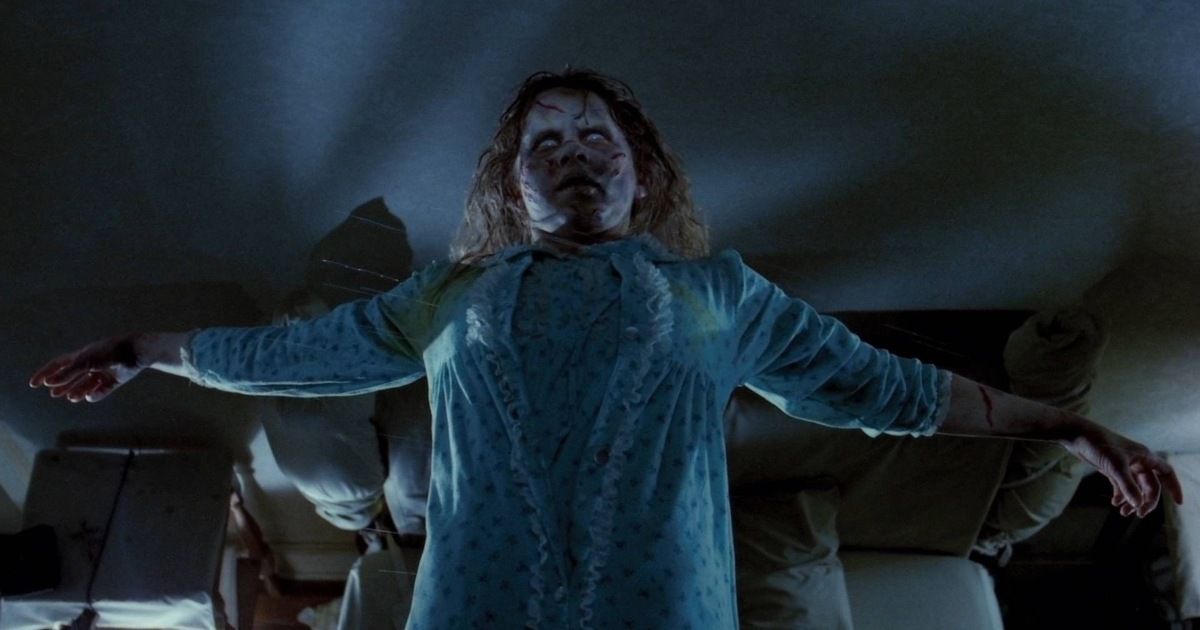
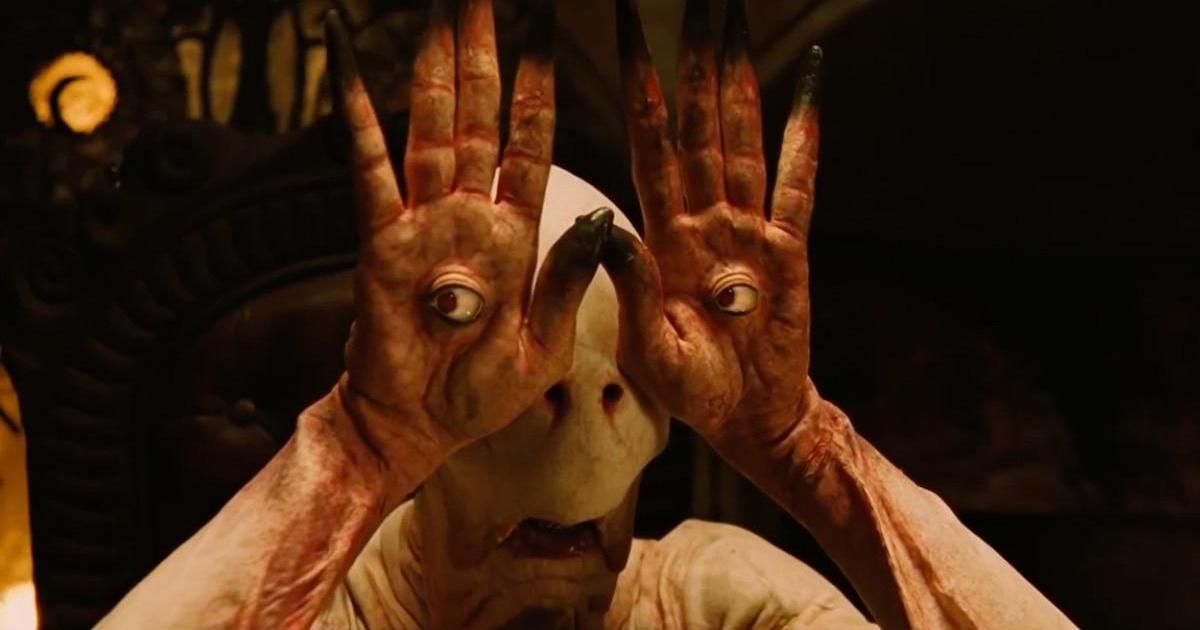
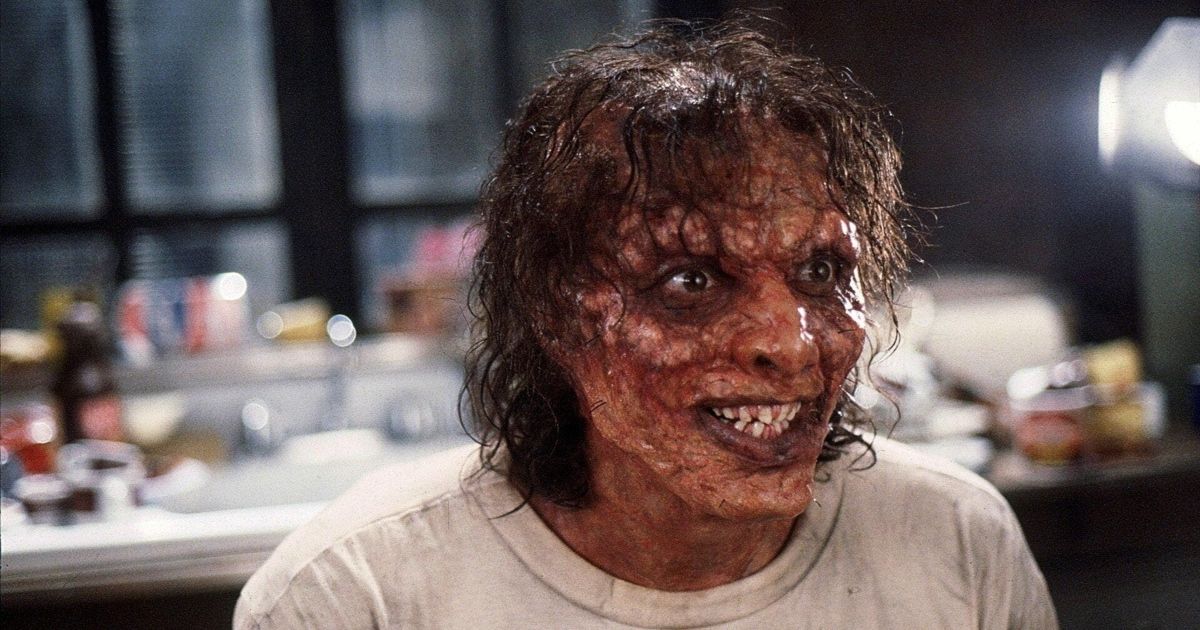
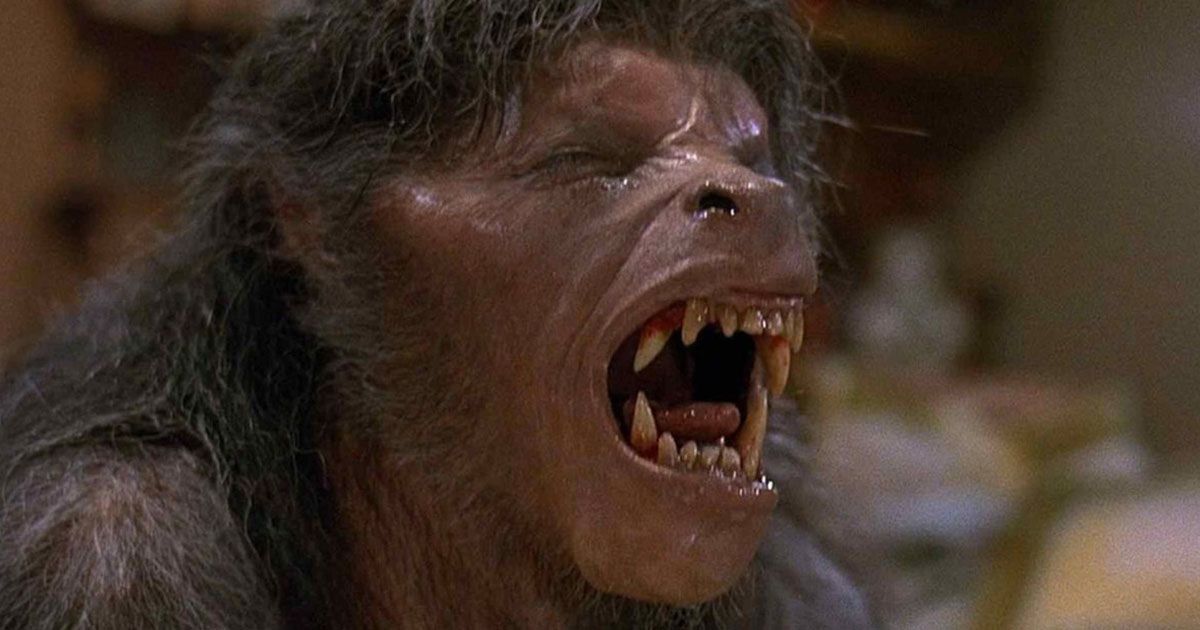
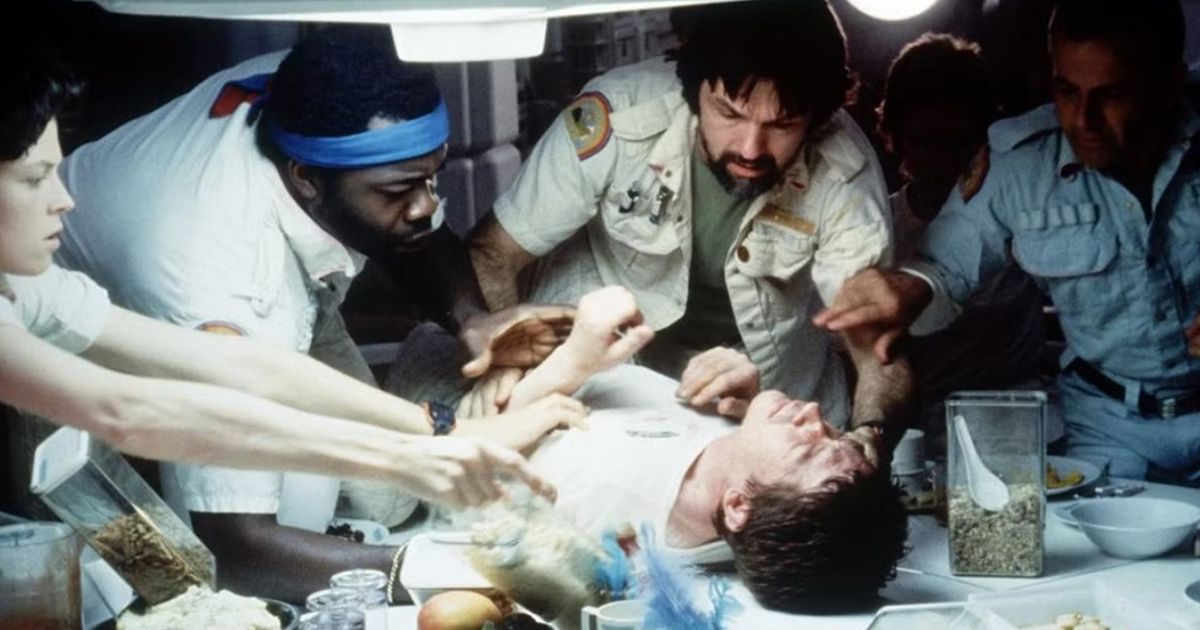
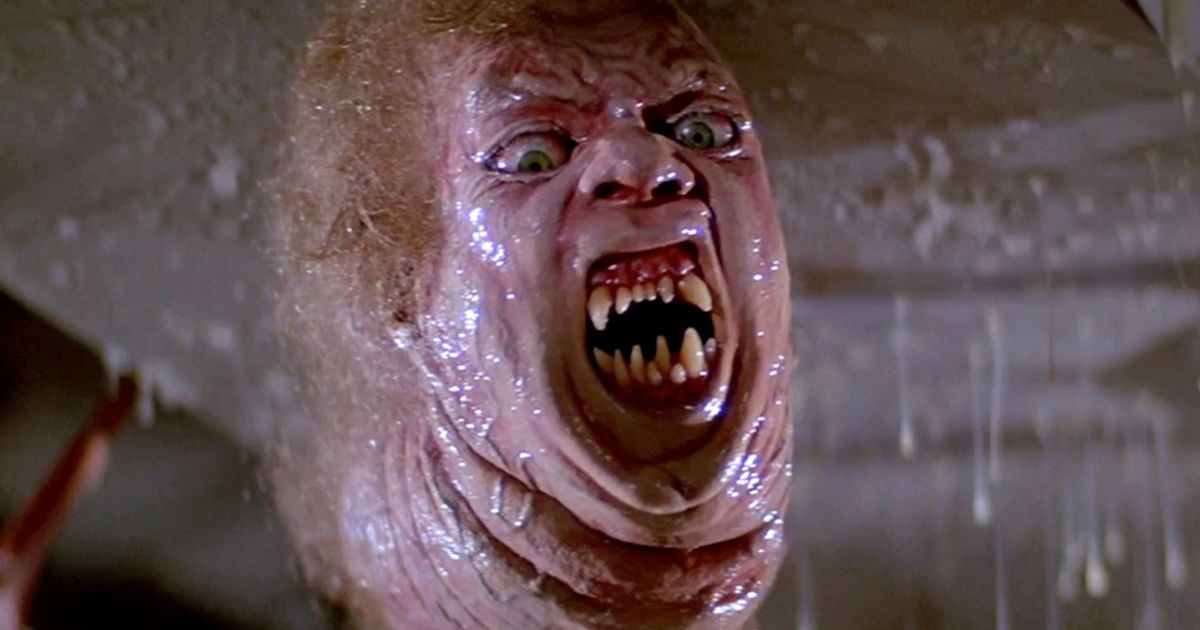
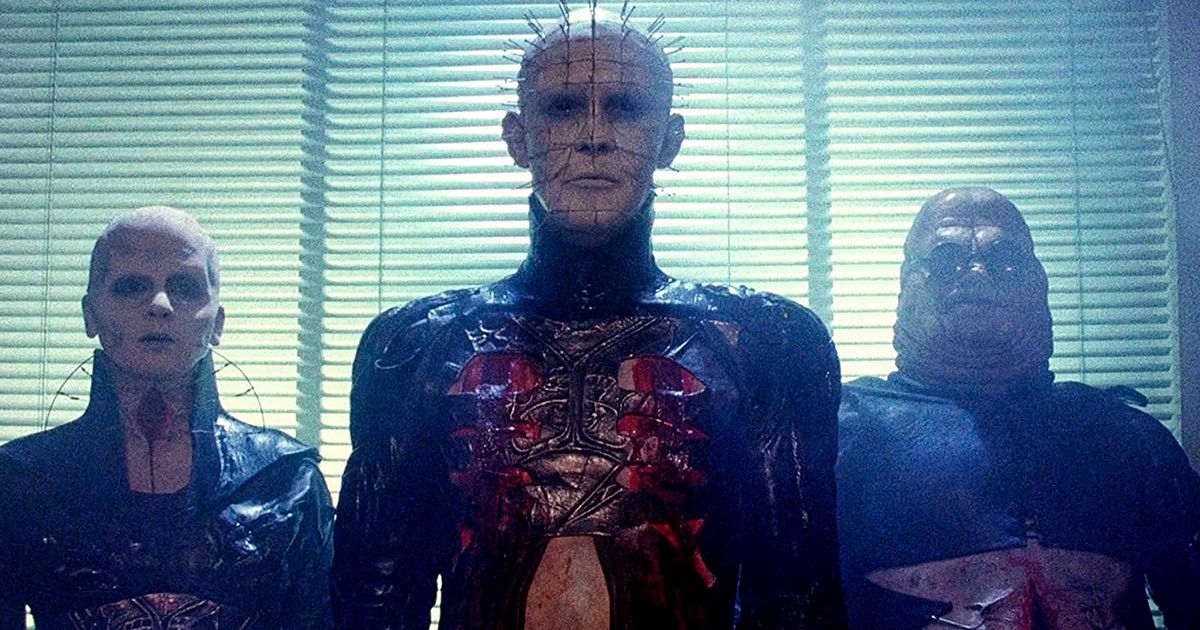
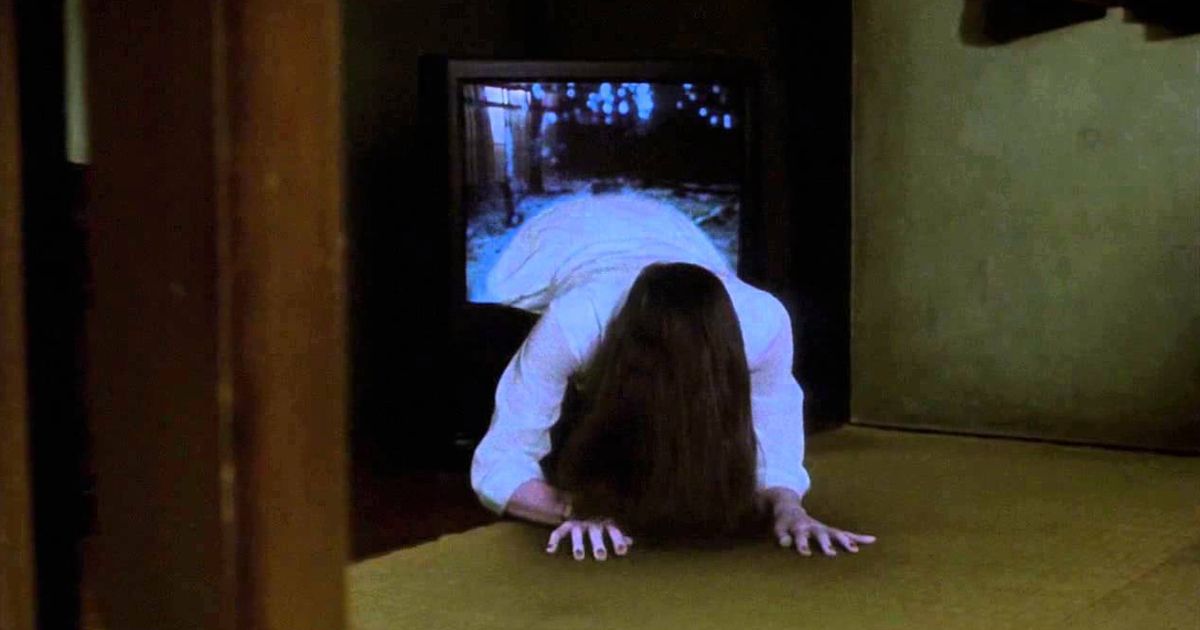

.jpg)